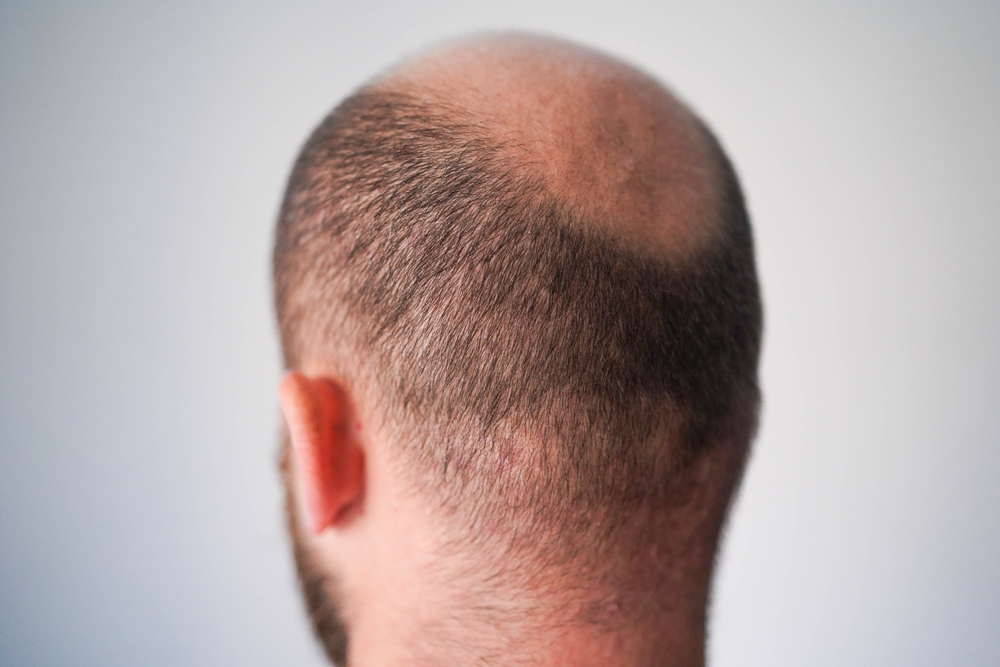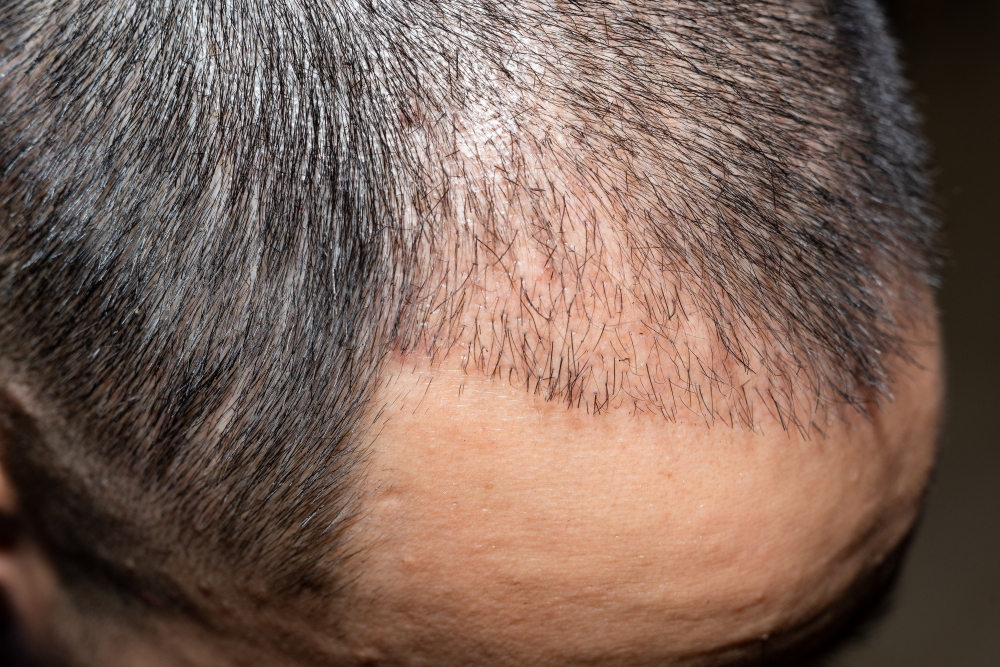The number of hair transplants a person can have in their lifetime can vary depending on several factors, including the individual’s donor hair supply, the extent of their hair loss, and their overall health.
Here are some key considerations…
- Donor Hair Supply – Hair transplants typically involve transferring hair follicles from one area of the body (usually the back or sides of the scalp) to the recipient area (usually the balding or thinning areas). The availability of donor hair plays a crucial role in determining the number of transplants you can have. If there is a limited donor hair supply, it may not be possible to undergo multiple procedures.
- Extent of Hair Loss – The degree of hair loss also plays a significant role. It could take several sessions or surgery to obtain adequate coverage and density if you are experiencing severe hair loss. Those with less severe hair loss may only need one or two procedures.
- Surgical Techniques – Advances in hair transplant techniques, such as Follicular Unit Extraction (FUE) and Follicular Unit Transplantation (FUT), have made it possible to maximize the use of donor hair and minimize scarring. FUE, in particular, allows for multiple smaller procedures as opposed to a single large one.
- Healing and Recovery – Each hair transplant procedure requires a period of healing and recovery. Your body needs time to recover from surgery, and the transplanted hair follicles take time to establish themselves in the new location. Multiple surgeries may require more extended recovery periods and can add to the overall time commitment.
- Patient Goals – Your expectations and goals for hair restoration also influence the number of hair transplants they choose to undergo. You may be satisfied with the results after one or two procedures, while others may opt for additional surgeries to achieve their desired appearance.
- Physician’s Recommendation – The decision on how many hair transplants you can have should be made in consultation with a qualified and experienced hair transplant surgeon. Your surgeon will assess your specific situation and provide recommendations based on your unique needs and expectations.
Approach hair transplantation conservatively and avoid over-harvesting donor areas. Multiple surgeries are possible, but they should be spaced out over time, and careful consideration should be given to the potential long-term effects on donor hair supply and overall appearance.





